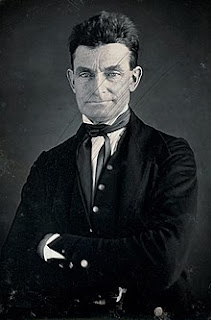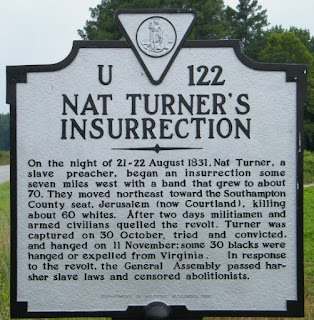3/28-29 Thursday - Friday

Guiding Question: What was the significance of the Election of 1860? Objectives: Collaborative: Students will learn about the Election of 1860 by reading and responding to questions with at least 80% accuracy. Independent: Students will learn about Abraham Lincoln by completing a webquest with at least 80% accuracy Standards: 8.10 - Students analyze the multiple causes, key events, and complex consequences of the Civil War. Do Now (Voice Level 0) 5 minutes: How do the North and South feel about each other in 1860? What is one thing they disagree on? Whole Group (Voice Level 0) 10 minutes: Election of 1860 Notes Independent (Voice Level 0) 45 minutes: Task 1: Abraham Lincoln Webquest - Google Classroom Early Finisher?: - Have you finished all the history work in Google Classroom? - Play an iCivics game - Work on homework for ...







